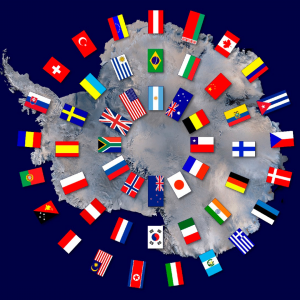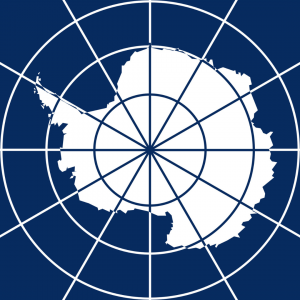Antarctic Treaty System
The Antarctic Treaty was signed in Washington on 1 December 1959 by the twelve countries whose scientists had been active in and around Antarctica during the International Geophysical Year (IGY) of 1957-58. The Treaty covers the area south of 60°S latitude. It entered into force in 1961 and has since been acceded to by many other nations. Malaysia acceded to the Antarctic Treaty System (ATS) in 2011 as the first ASEAN country and 49th nation to do so. The total number of Parties to the Treaty is now 54. The Treaty parties meet each year at the Antarctic Treaty Consultative Meeting (ATCM). The treaty remains in force indefinitely.
Some important provisions of the Treaty:
- Antarctica shall be used for peaceful purposes only
Art. I - Freedom of scientific investigation in Antarctica and cooperation toward that end… shall continue
Art. II - Scientific observations and results from Antarctica shall be exchanged and made freely available
Art. III


The Treaty have adopted over 300 recommendations and negotiated separate international agreements, of which three are still in use. These, together with the original Treaty provide the rules which govern activities in Antarctica. Collectively they are known as the Antarctic Treaty System (ATS).
The three international agreements are:
- Convention for the Conservation of Antarctic Seals (1972)
- Convention on the Conservation of Antarctic Marine Living Resources (1980)
- Protocol on Environmental Protection to the Antarctic Treaty (1991)
Malaysia ratified to the Protocol on Environmental Protection to the Antarctic Treaty or Madrid Protocol in September 2016.
The full text of the Treaty document is given in The Antarctic Treaty (1959)
